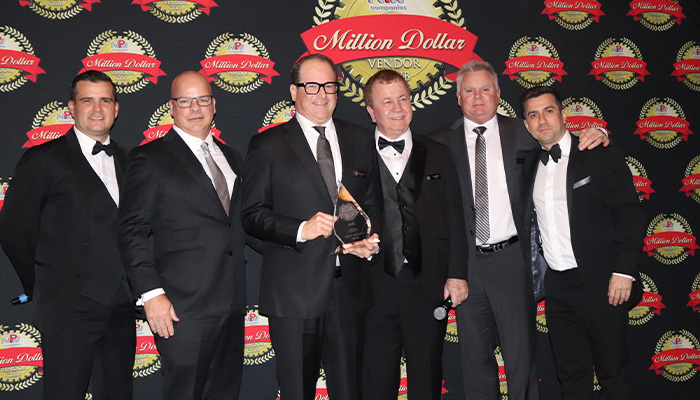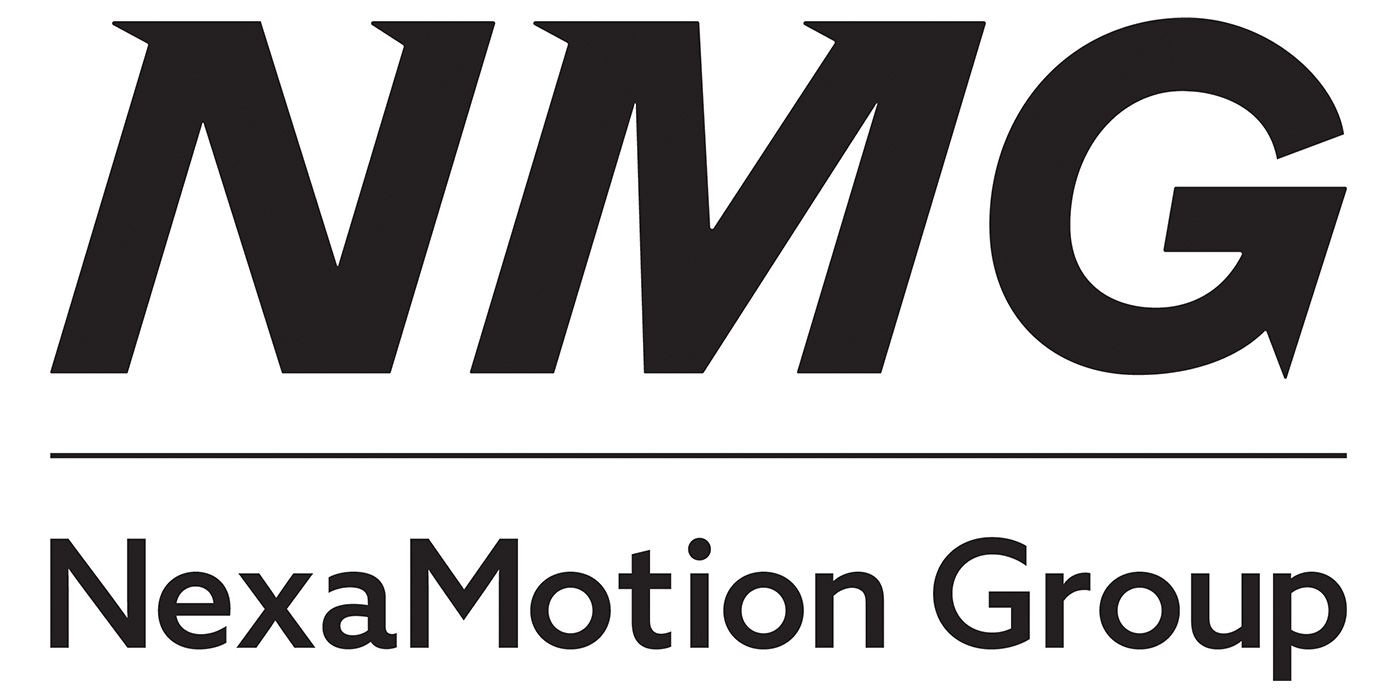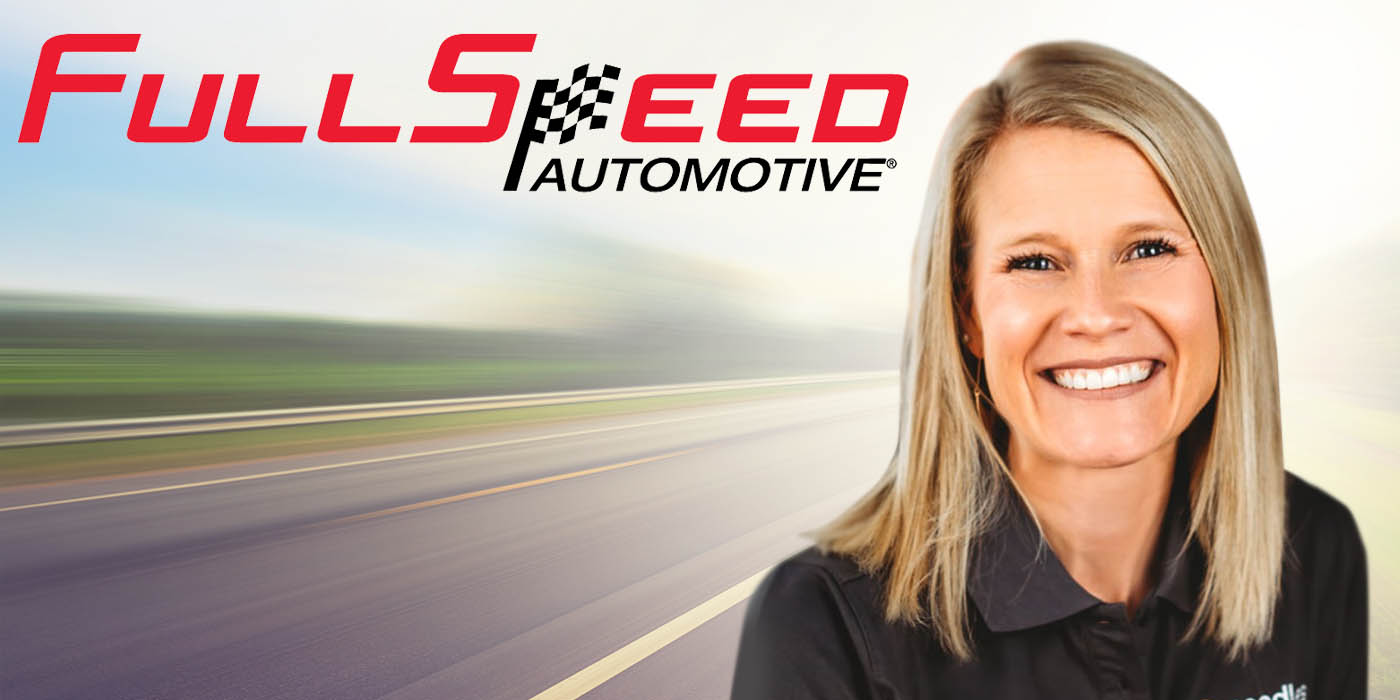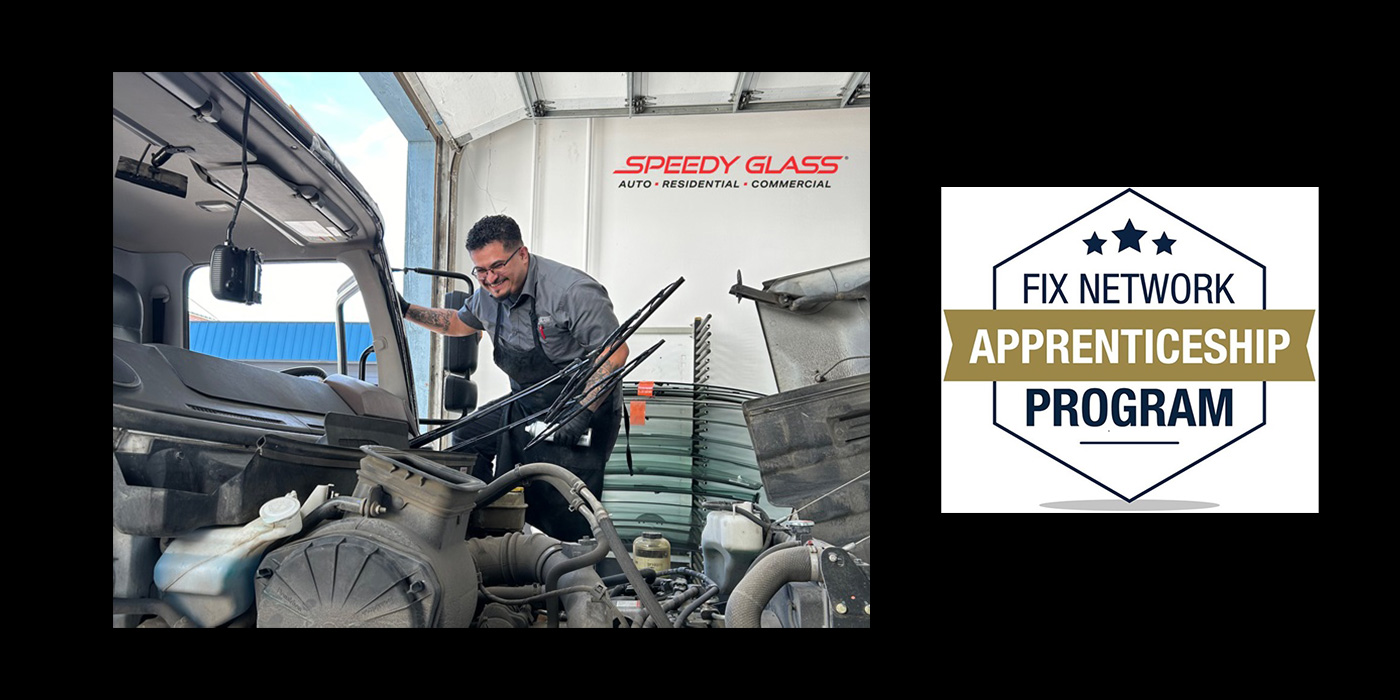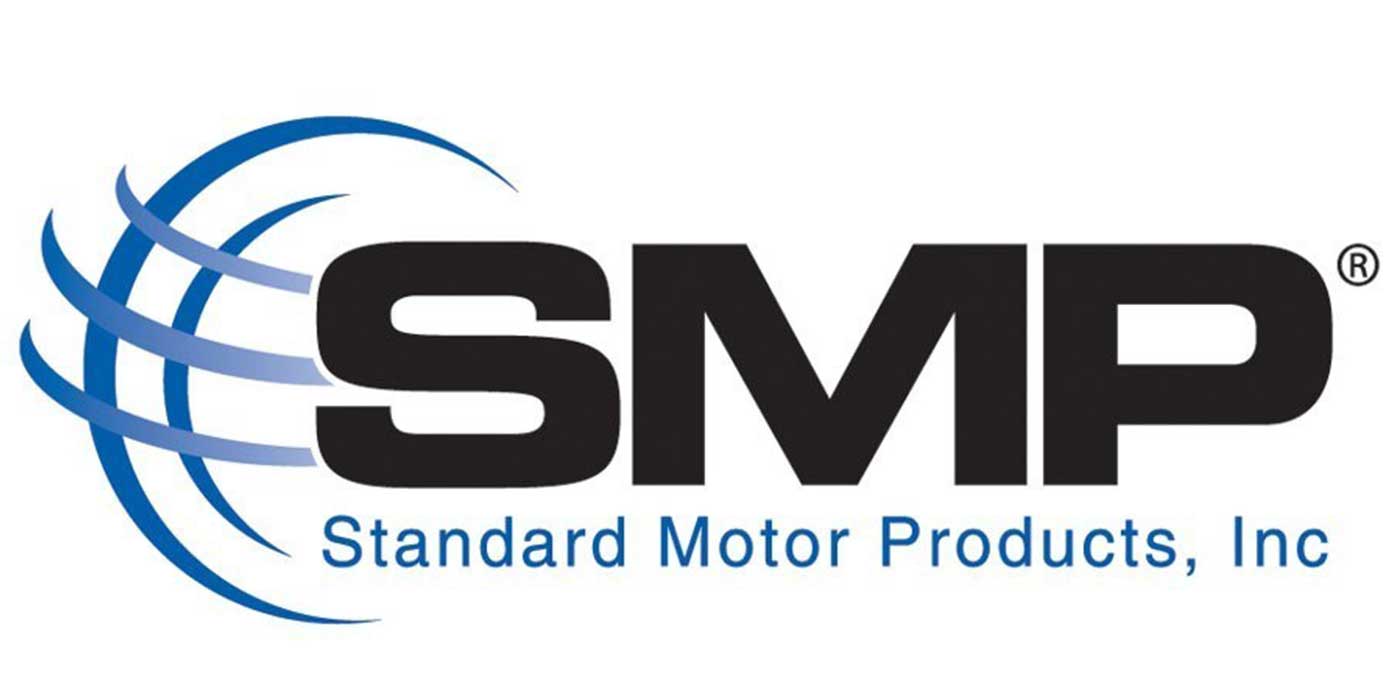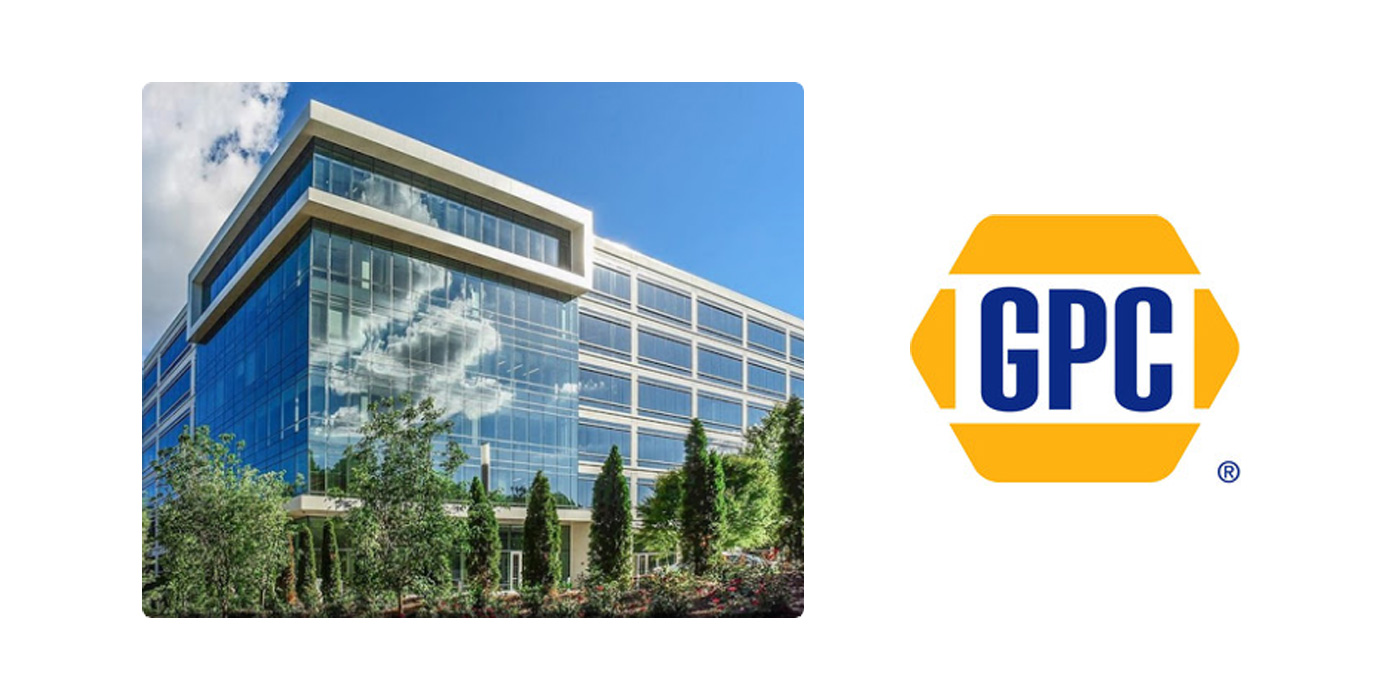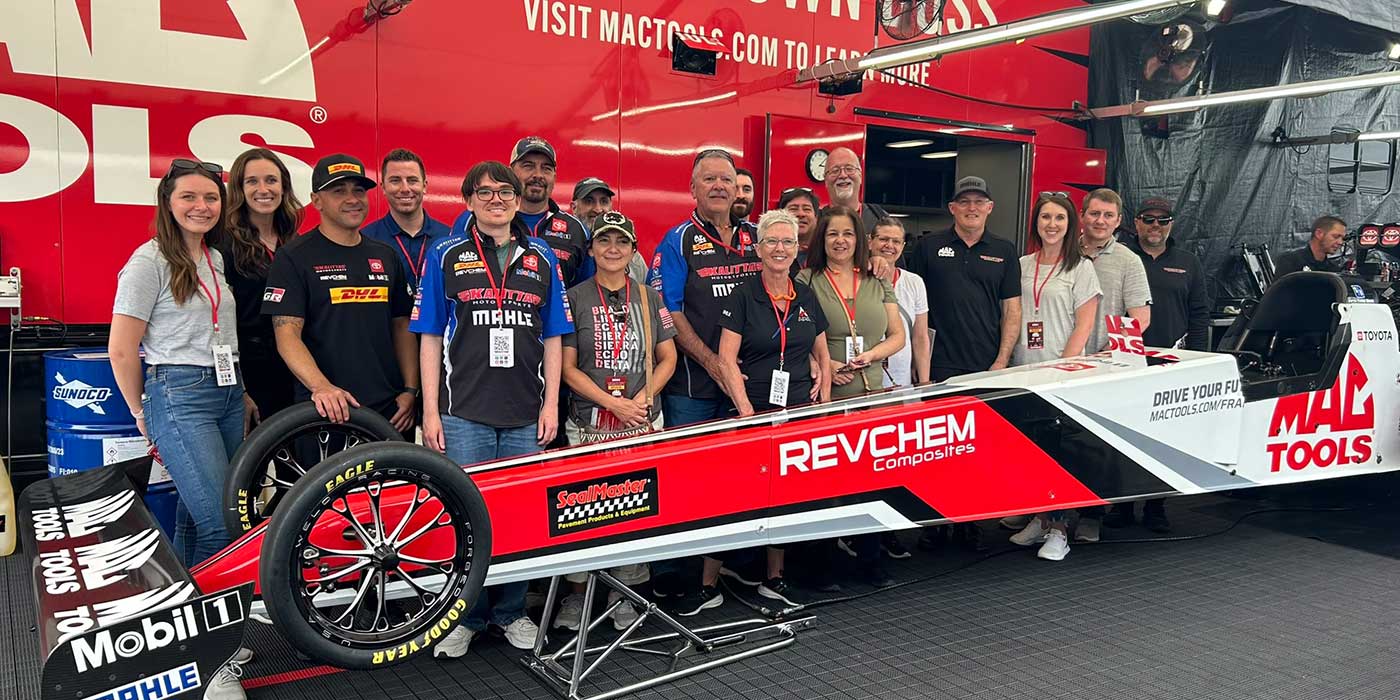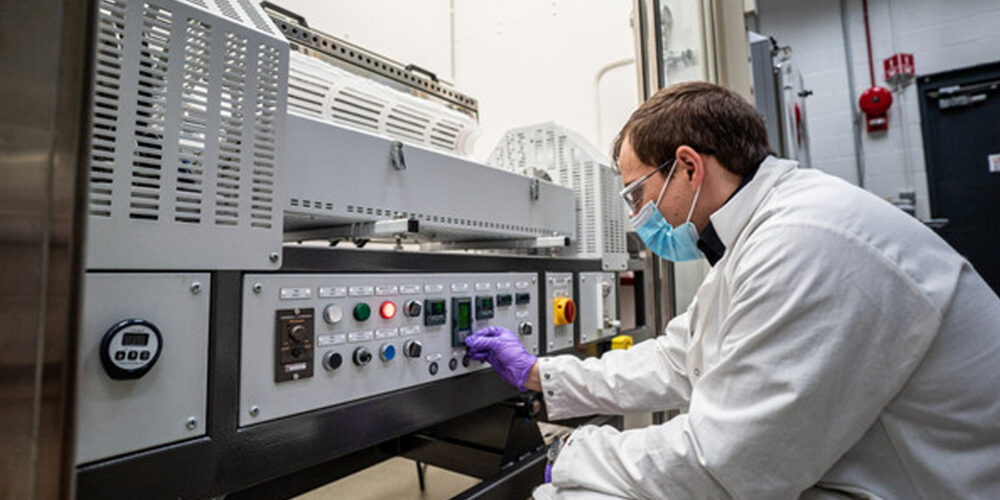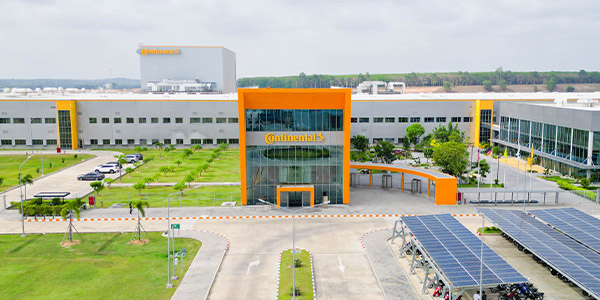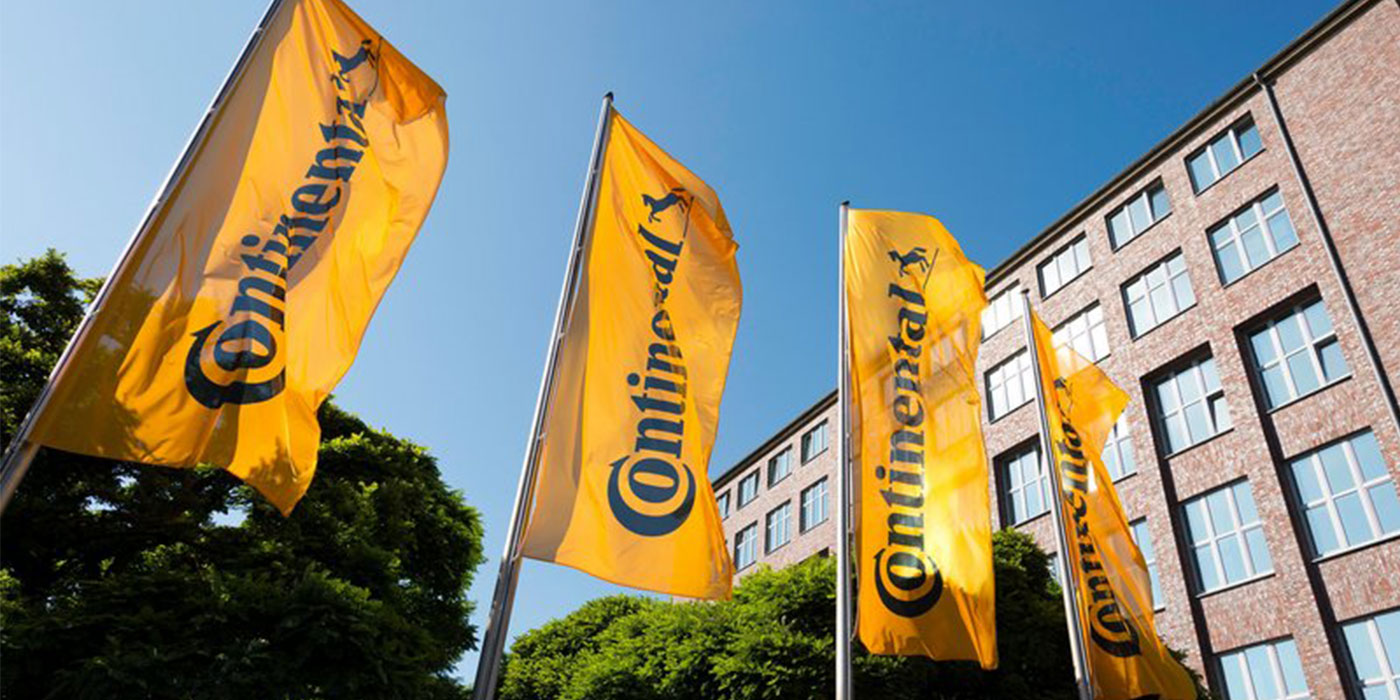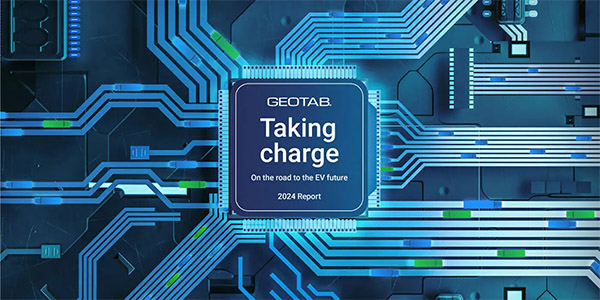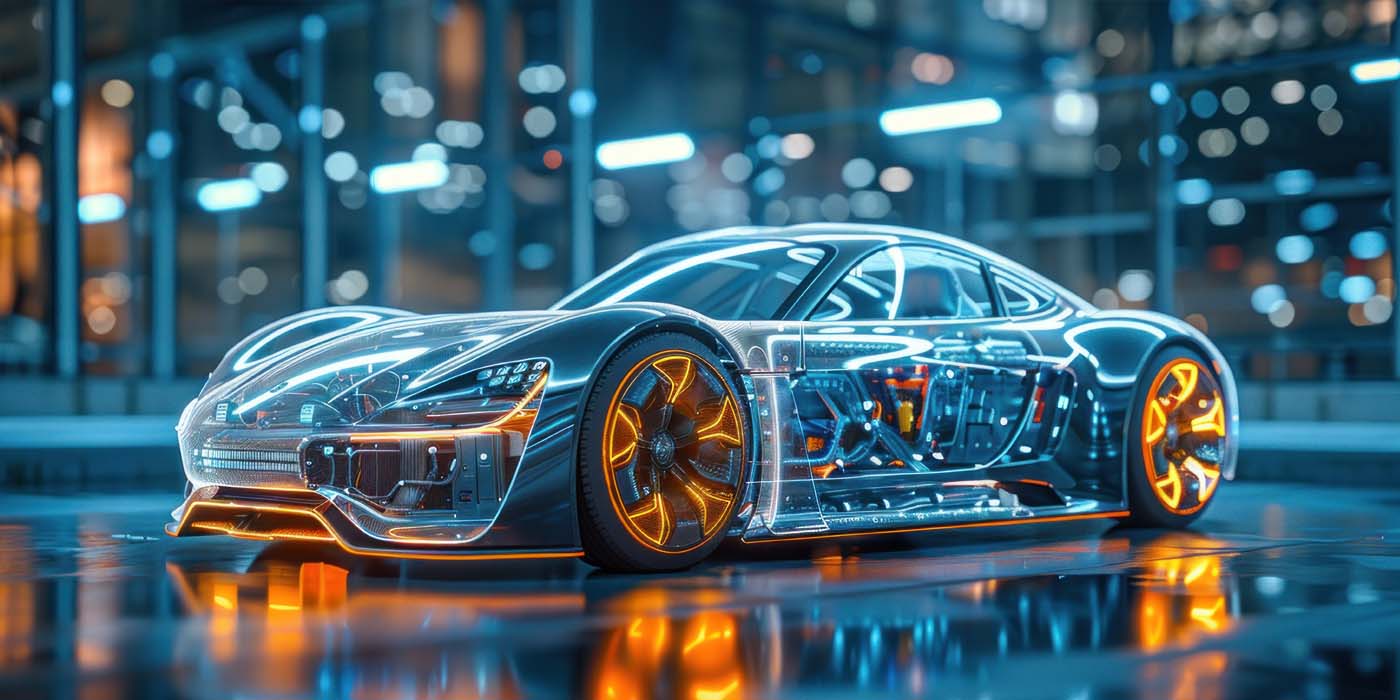Visitors to AAIA’s AAPEX Booth this year were given a first-hand look at how the Shop of Tomorrow can function more efficiently with technology available today. 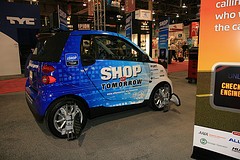
The Shop of Tomorrow featured products from ALLDATA, Garage Operator and Hunter Engineering, using the current Web services of i•SHOP to seamlessly share work orders, customer and vehicle information, service information and diagnostic results between computer workstations, handheld devices and the service point-of-sale. The objective of the booth was to give those with an interest in running efficient shop operations a way to understand and visualize how i•SHOP technology can be applied in their operations.
“We really want it to be a fun, interesting show-and-tell venue,” said Scott Luckett, vice president, Technology Standards and Solutions, AAIA. “We’re not selling anything there, except concepts of what is possible and demonstrating some technology that the industry has already created either at individual companies or through our committee structure.”
Now in its third version, i•SHOP is a technology standard that has been engineered into several leading business systems and equipment for the service shop. Systems and equipment that incorporate i•SHOP technology are able to communicate with each other and share information between the front office and back shop.
“i•SHOP is not something that the shop owner has to buy separately; it’s like ‘Intel Inside,’ ” Luckett said. “If your alignment machine is i•SHOP capable and you plug it into a shop management system that’s i•SHOP capable, and your information server, like ALLDATA, is i•SHOP capable, they discover each other, not at all unlike plugging a USB device into your computer. The computer just wakes up and goes, ‘Whoa, you just plugged a mouse into me.’ It’s the same idea in the shop environment.”
Luckett said the main advantage of using i•SHOP-capable equipment and information services is that it puts an end to redundant data entry. Currently, a service writer compiles pertinent information into a work order, which is then physically carried back to the technician, whose first task is to re-key the same information.
“That’s a waste of time and money,” Luckett said, “and introduces the possibility of errors. With i•SHOP, the information that’s electronic in the first place can be shared with other applications that need it without the need to re-key it.”
The Shop of Tomorrow hosted live demonstrations of those capabilities at various intervals throughout the show. For example, if a work order is created for a four-wheel alignment at the booth’s “front counter,” it can be accessed on the Hunter Engineering alignment machine in the “back bays” of the booth. If the “technician” at the booth needs to consult a service information database, he can click the ALLDATA icon on his screen and quickly gain access to relevant alignment-related articles.
“Literally in two mouse clicks, the technician goes from picking that line on a work order to mounting the sensors on the vehicle and getting to work,” Luckett said. “He hasn’t entered any additional information; his console was able to automatically access and pull up the vehicle-specific repair information that was called for.”
Luckett said the technology could be “an industry game-changer” when it comes to attracting and retaining Class A technicians.
“It is kind of silly to think that we still print work orders and put them in a plastic sleeve and hang them on a nail so that they can get into the back shop,” he said. “In this modern environment, the techs that we’re trying to attract grew up playing with more advanced technology in their home entertainment systems.”
In addition, owners of multiple shop locations can identify trends by “mining” information gathered and stored by i•SHOP-capable equipment and management systems.
“If you see a trend on a certain year make and model,” Luckett said, “you can send out postcards to the owners of those vehicles, and say, ‘Your car’s got 60,000 miles. In our experience it might be ready for a front-end alignment.’ ”
In addition to showcasing the efficiency i•SHOP can provide, Luckett said the Shop of Tomorrow hosted live demonstrations of an aftermarket proof-of-concept for remote diagnostics.
“It’s no longer true that the only way to perform vehicle diagnostics is with cables and proprietary technology,” Luckett said. “The same early i•SHOP pioneers have partnered with other technology providers to present a live demonstration of wireless vehicle-to-shop diagnostics data communication.”
The Shop of Tomorrow featured super-compact Smart Fortwo “in for service.” The vehicle was equipped with Wi-Fi to pass engine and other vehicle information to the shop. This allowed the vehicle to wirelessly report a diagnostic trouble event to the aftermarket service provider for rapid diagnosis using integrated computer applications.
“The short demonstration illustrated the efficiencies and unique customer service scenarios possible using technology that is all available to developers today,” Luckett said.
In addition to demonstrations offered continuously throughout the show, attendees were able to take a self-guided tour of the Shop of Tomorrow through storyboards set up at the booth and video presentations on JumboTrons.
Whether it’s shop owners, parts suppliers, national account decision makers, or equipment and software companies, Luckett said “everyone who has a stake in the vehicle service part of our industry should be able to visualize how this could apply to their operation.”

